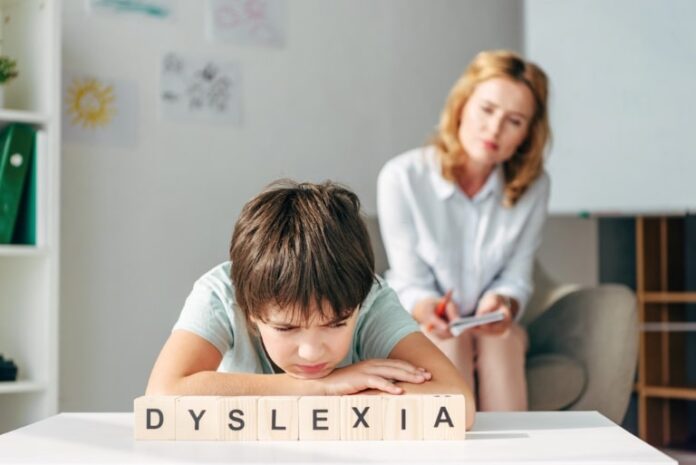Are you a teacher who has a child or children in your class who you are concerned may have dyslexia?
As many as 15% of school-aged children meet the diagnostic criteria for dyslexia, meaning it is important for teachers to be able to differentiate between dyslexia, anxiety about reading, or another condition that can look like dyslexia, such as attention deficit hyperactivity disorder, or ADHD.
It is always worth contacting an educational psychologist for an assessment, but how can you accurately identify dyslexia in your classroom?
Look At the Background Information
Before you administer this dyslexia test, you should look at the background information that has been sent to you about the child, as well as assess them in your own classroom. Do they make repeated errors with their spelling? Do they have issues with new words? Look at their academic records, their developmental history, and see if they have had any prior tests for dyslexia, to assess how they scored.
In some cases, it may be that they have other learning concerns, which can look like dyslexia, so gather as much information as you can to see if a full diagnostic assessment is needed, or if they simply need additional help, or require additional screening for common comorbidities like ADHD or ASD.
Provide a Universal Screener
There is an initial filter that can be used if you are unsure about proceeding with the entire TOD assessment. According to the International Dyslexia Association, a universal screener can be useful in determining if the TOD is needed. It looks at risk factors for dyslexia, such as language, reading level, and cognitive areas, and can filter out children who may have other developmental needs.
These screeners can also help you to spot children who may be showing signs of difficulties with reading and writing but may not meet the diagnostic criteria for dyslexia. Aim to use screening tests that assess reading fluency and accuracy, as well as the reversal of letters like d and b.
Contact an Educational Psychologist
As a teacher, if you suspect that a child in your class has dyslexia, you may need to flag them for further assessment with an educational psychologist. These professionals will usually offer a more in-depth assessment, usually involving tools like the Tests of Dyslexia (TOD), as well as the Dynamic Indicators of Basic Early Literacy Skills (DIBELS) and an IQ test, to see if the child’s reading age differs from their IQ, which is a common marker of dyslexia, as intelligence can be quite high and be separate from reading skills.
Develop a Plan
If the child you have referred for the dyslexia screening is found to have dyslexia, you, the psychologist, the child, and their parents will need to develop a targeted plan. According to dyslexia expert Maryanne Wolf, a personalized plan will ensure that the child gets all the help that they need in your classroom and beyond.
Teachers are on the frontline of early dyslexia identification. If a child is showing the signs of dyslexia, it may be best to conduct a screener as standard, keep an eye out for spelling difficulties, consult with their parents, and, if needed, refer them for additional screening with an educational psychologist.




